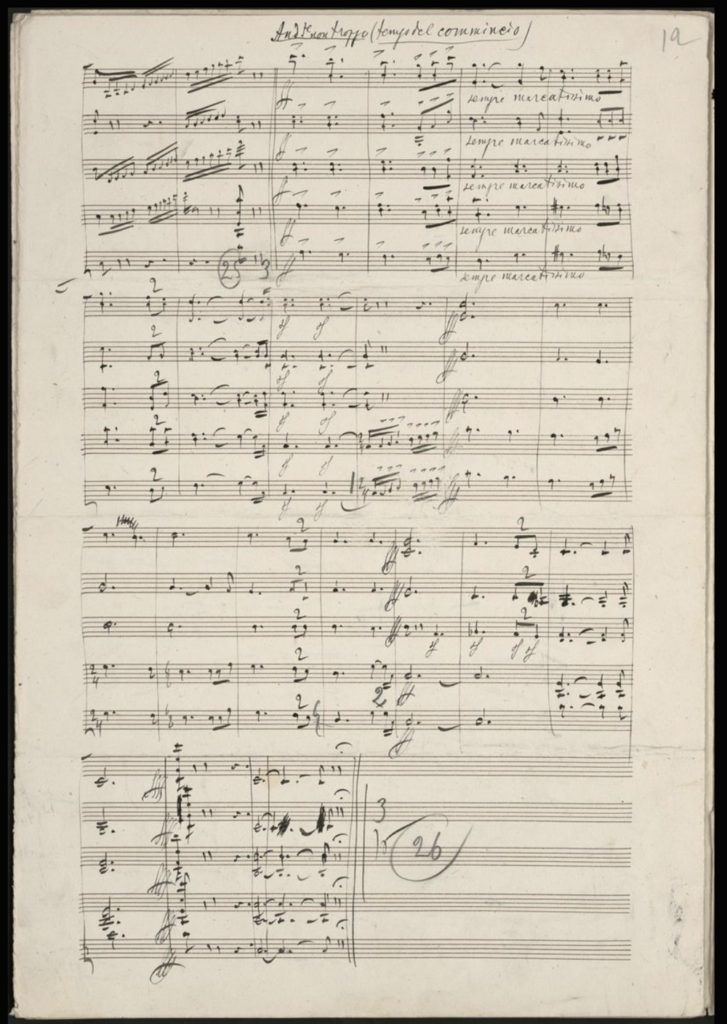In the spring of 2020, I found myself with a lot of time on my hands.
Amy Taylor had a question about the piccolo part in my arrangement of “The Nutcracker.” Having access to a Russian web site with Tchaikovsky’s original holographs, thanks to Igor Pandurski, I began to dig deeper into her question. I was able to clarify the piccolo question, but it presented a new puzzle. I discovered an engraving error in the complete ballet of “The Nutcracker.” Comparing the original printing of the Suite with the printing of the entire Nutcracker ballet would have cleared this up a century ago, but I had the luck to stumble across it myself over one hundred years later.
In studying the autographs, my colleague, Randy Brinton, noticed pencil markings at the bottom of the page that matched page numbers in the score. I noticed pencil markings on the individual staves as matching the staves chosen for print. We had inadvertently discovered the engraver’s map of how they were to engrave the plates for printing.
The discovery of the engraver’s markings inspired me to look for them in other works of Tchaikovsky. Being a violinist and conductor, I wanted to explore the Serenade for Strings, Op. 48
The Russian site not only has the holograph for the full score of the Serenade, but also Tchaikovsky’s own arrangement for piano 4 hands. I found pencil marks in the holograph that appeared like they were put in by the engraver to map out the pages for printing. I checked the numbers with my own Kalmus score and was disappointed to find out they didn’t match. By chance, I found a Russian version of the score that was printed in 1920 by Muzgiz, the state-owned publishing house that had taken over the Jurgenson publishing site after the Russian revolution. It was a reprint from the original Jurgenson plates. I was thrilled to find the page numbers lined up with the markings in the holograph. In comparing the two scores, I noticed differences starting from the first page. These were differences that I felt were significant enough to warrant me taking on the task of creating my own “critical edition”.
I have typeset quite a few scores for ballet in the past and enjoy the process of entering the notes in Finale, the software for creating scores that I have been working with for over 30 years. It takes concentration and I find myself getting in “the zone” as I am tapping the keys needed to enter all the symbols and note values. In Finale, you can play back what you have entered which helps you detect wrong notes. As I was nearing the end of the first movement, I surely must have been in the zone because I added two bars without paying attention to what they contained. I reached the end of the movement and played back the last few pages. As it came to the last chord, I almost jumped out of my seat! After the last chord, there were two additional bars of a pedal C in the parts. I checked the score and there they were. I checked the holograph and there they were. I had never heard these two bars in over 40 years of performing this work myself.
While I received a lot of press for the Nutcracker engraving mistake, I believe the missing two bars of the Serenade is infinitely more interesting and important.
By John Stubbs


